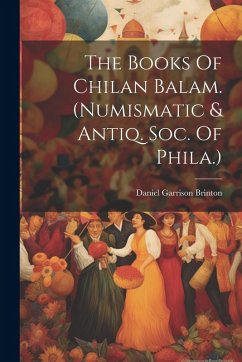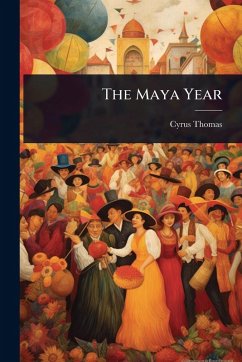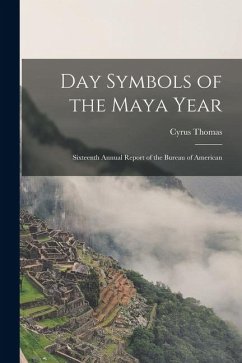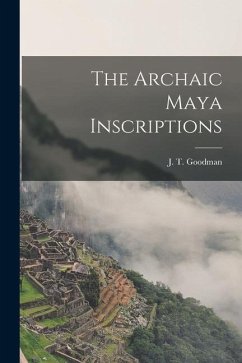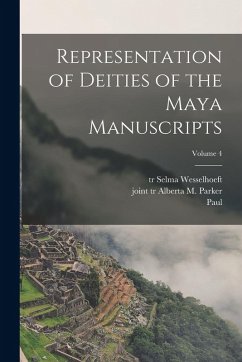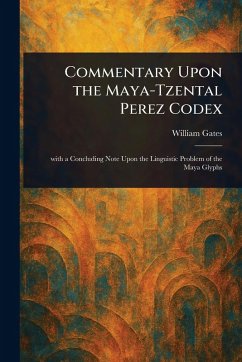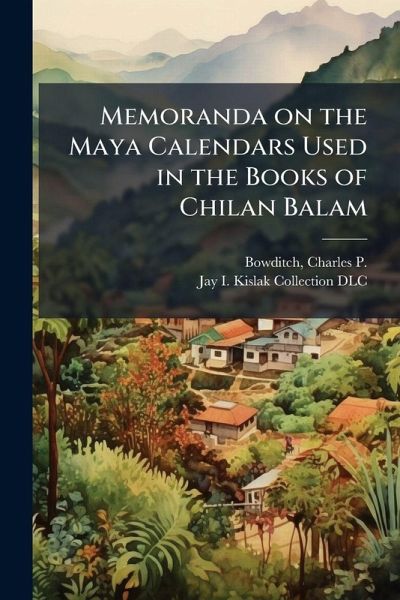
Memoranda on the Maya Calendars Used in the Books of Chilan Balam
Versandkostenfrei!
Versandfertig in über 4 Wochen
14,99 €
inkl. MwSt.

PAYBACK Punkte
7 °P sammeln!
"Memoranda on the Maya Calendars Used in the Books of Chilan Balam," by Charles P. Bowditch, offers a detailed exploration of the intricate Maya calendrical systems as documented in the Books of Chilan Balam. This early 20th-century work delves into the complexities of Maya timekeeping, providing valuable insights into the methods used by the Maya people to record and interpret time. Bowditch meticulously examines the calendars, offering a comprehensive analysis beneficial to scholars and anyone interested in Mesoamerican archaeology, ancient civilizations, and the history of indigenous cultur...
"Memoranda on the Maya Calendars Used in the Books of Chilan Balam," by Charles P. Bowditch, offers a detailed exploration of the intricate Maya calendrical systems as documented in the Books of Chilan Balam. This early 20th-century work delves into the complexities of Maya timekeeping, providing valuable insights into the methods used by the Maya people to record and interpret time. Bowditch meticulously examines the calendars, offering a comprehensive analysis beneficial to scholars and anyone interested in Mesoamerican archaeology, ancient civilizations, and the history of indigenous cultures. This book remains a significant resource for understanding the intellectual achievements of the Maya civilization. This work has been selected by scholars as being culturally important, and is part of the knowledge base of civilization as we know it. This work was reproduced from the original artifact, and remains as true to the original work as possible. Therefore, you will see the original copyright references, library stamps (as most of these works have been housed in our most important libraries around the world), and other notations in the work. This work is in the public domain in the United States of America, and possibly other nations. Within the United States, you may freely copy and distribute this work, as no entity (individual or corporate) has a copyright on the body of the work. As a reproduction of a historical artifact, this work may contain missing or blurred pages, poor pictures, errant marks, etc. Scholars believe, and we concur, that this work is important enough to be preserved, reproduced, and made generally available to the public. We appreciate your support of the preservation process, and thank you for being an important part of keeping this knowledge alive and relevant.



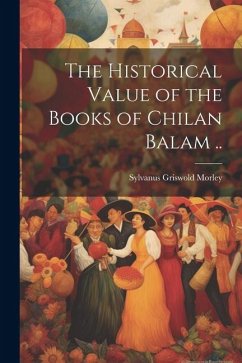
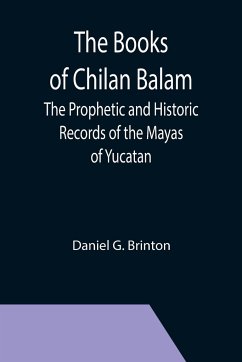
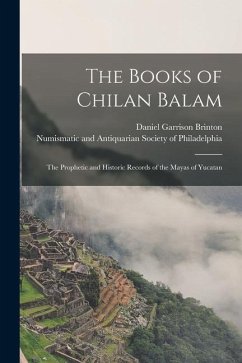
![The Maya Chronicles, Ed. [with An Engl. Tr.] By D.g. Brinton Cover The Maya Chronicles, Ed. [with An Engl. Tr.] By D.g. Brinton](https://bilder.buecher.de/produkte/74/74722/74722753n.jpg)
